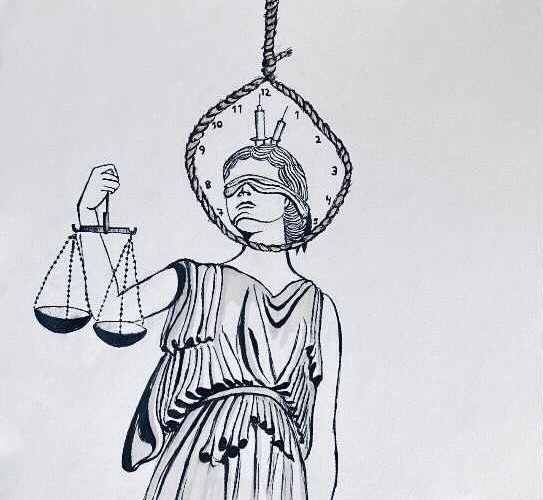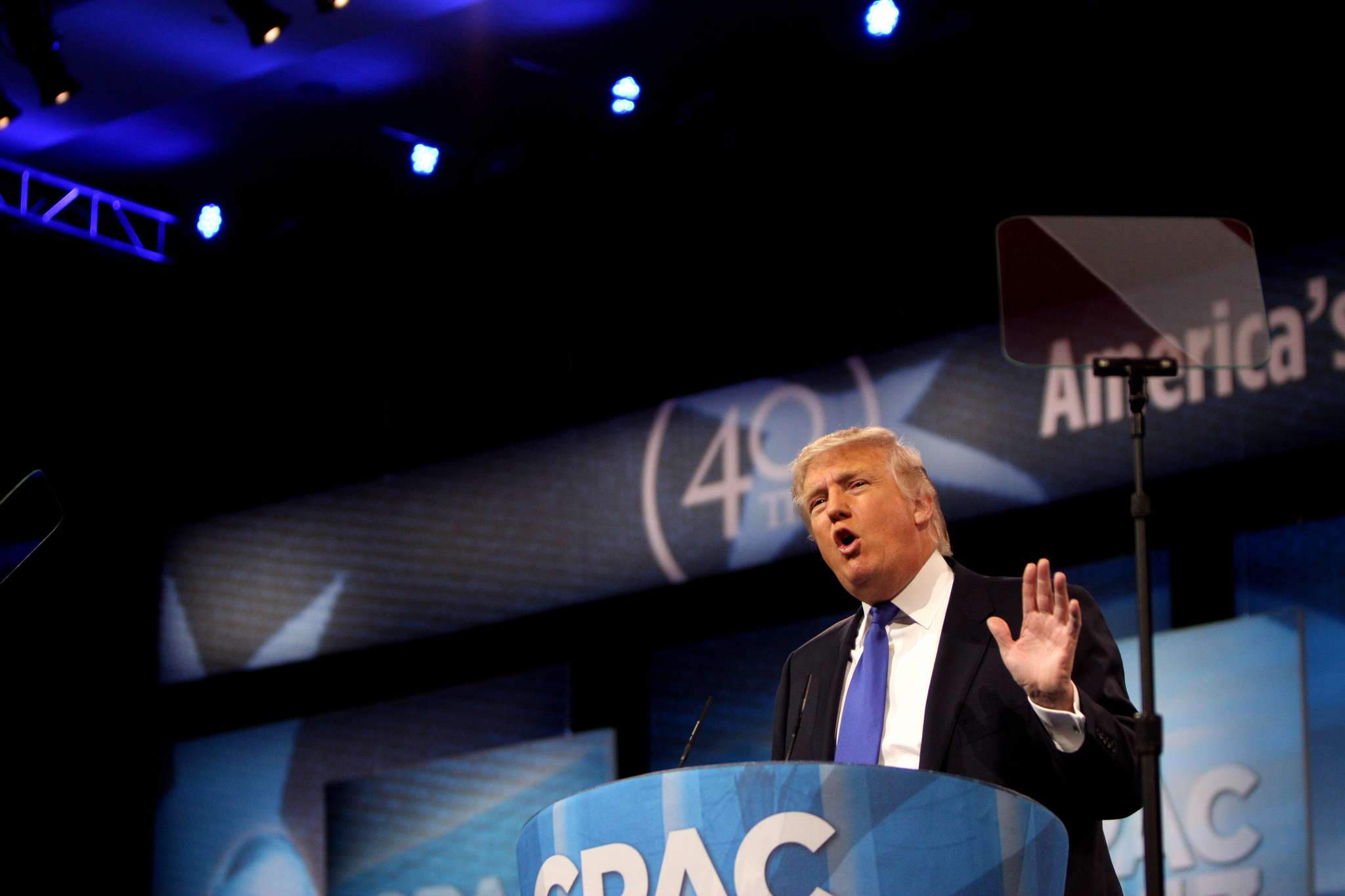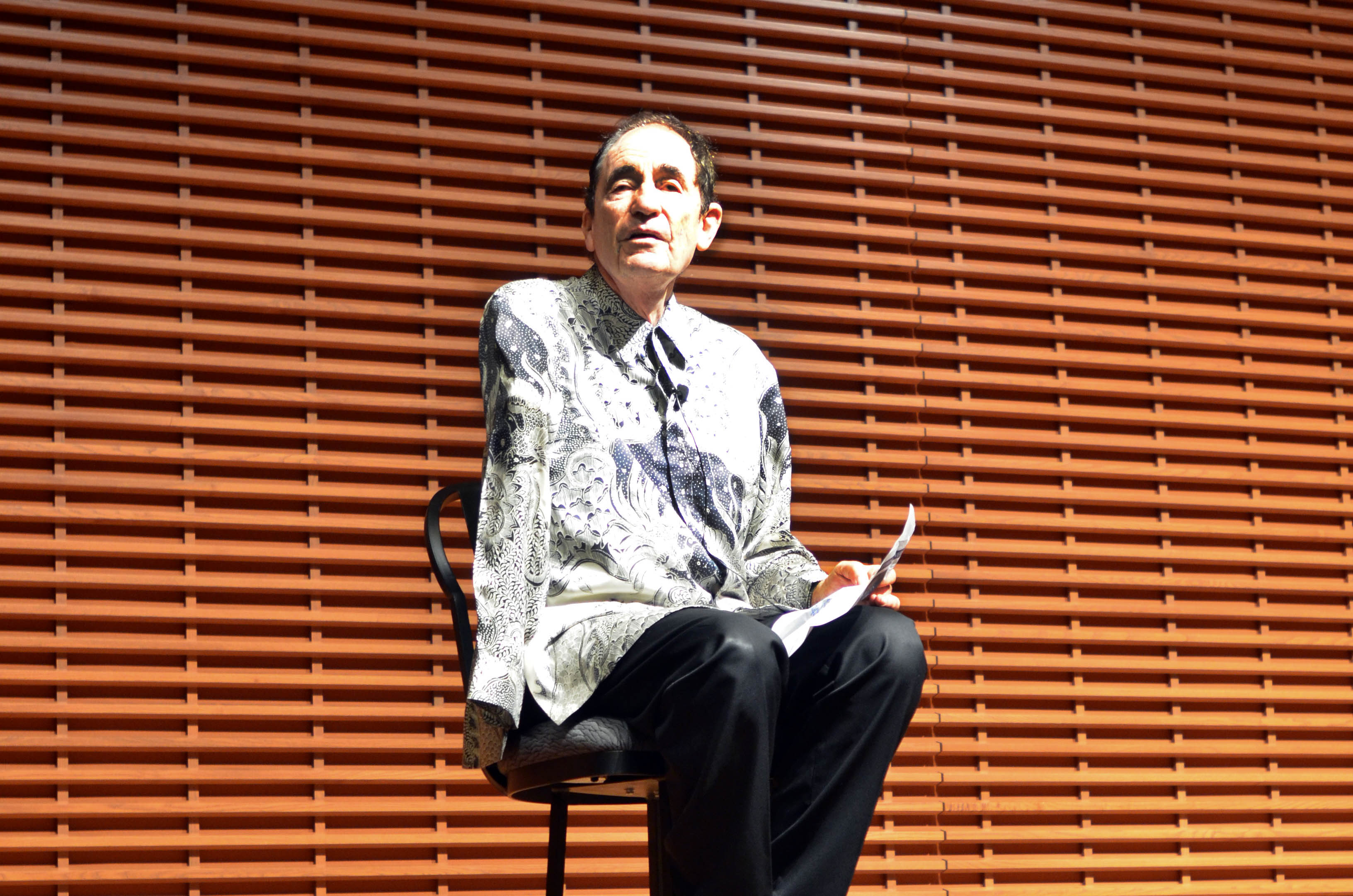In the years since the Supreme Court reaffirmed the constitutionality of executions in 1976, sixteen people have received a lethal injection for federal crimes. Thirteen were carried out during the last six months of the Trump administration. This bloody end of the Trump era offered a stark contrast to the inauguration of Joe Biden, the first sitting president to openly oppose the death penalty.
A coalition of civil and human rights groups recently urged Biden to reinstate the moratorium on federal executions by commuting the sentences of the forty-nine prisoners on federal death row. Moreover, Congresswomen Ayanna Pressley and Cori Bush led a coalition of thirty-five Democrats to press Biden to take decisive action. And to prevent a future president from reversing prohibition through an executive order, Pressley introduced the Federal Death Penalty Prohibition Act, which would abolish capital punishment federally. She noted that such measures would rectify a grave injustice and restore the country’s moral standing.
Indeed, the United States stands apart from other developed Western nations in its use of capital punishment. Twenty-four states and American Samoa use it, as well as the federal government and military. But the death penalty’s popularity depends on the case; in 2009, nearly 80 percent of Americans favored it for Khalid Sheikh Mohammed, who plotted the September 11 attacks. Moreover, in 2019, 59 percent supported speeding up the death penalty process for mass shooters. A year later, though, 60 percent of Americans expressed a preference for life imprisonment over the death penalty for those convicted of murder.
Capital punishment is an emotional response to tragedy and horrific crimes; nevertheless, it is an immoral and unjust punishment. The death penalty should be abolished nationwide. Systematic state killing of citizens should be illegal.
Our criminal justice system is biased. Every stage of it—from arrest to sentencing—disparately harms Black people. Although Black people make up 13 percent of the population, they make up “42 percent of death row and 35 percent of those executed.” In a system where racism has an evident and pervasive effect on justice, state-sanctioned and organized killing should be unfathomable.
While lecturing in Germany, Bryan Stevenson—the founder of the Equal Justice Initiative—met a woman who remarked that Germany could never employ capital punishment. “There’s no way, with our history, we could ever engage with the systematic killing of human beings,” he recalled her saying. “It would be unconscionable for us to, in an intentional and deliberate way, set about executing people.”
The same applies to the US given its extensive, violent, anti-Black history. To say otherwise would be to excuse capital punishment’s disproportionate devastation of Black Americans.
The American justice system also favors those with the means to pay for good counsel. Some people simply cannot afford representation that would adequately defend them in court. Sixty-nine percent of White men and 77 percent of Black men in prison used public defenders. These attorneys have a much larger caseload and less time to devote to each case, indicating that defenders, broadly underfunded relative to prosecutors, are less equipped to defend their clients. In addition, the fact that people of color are more likely to rely on public defenders exacerbates racial disparities.
Given racial biases, inadequate representation, and the fallibility of the criminal justice system, it’s safe to assume that a significant number of innocent people have been executed in the United States. Since 1989, 2,755 people have been exonerated, spending an average of nine years behind bars for crimes—mostly murder—that they did not commit. For every 8.3 people killed, one has been exonerated and released from death row.
As Stevenson expressed, “we would never let people fly on airplanes” if they crashed at those rates. A system of justice this faulty should not include the ultimate punishment which cannot be undone. Juries and judges should not have the power to decide whether someone lives or dies.
But even if we become certain that every death row inmate is guilty of a horrific crime, the death penalty still shouldn’t be used. There is no credible evidence that it deters violent crime. It’s more expensive than life sentences given the number of appeals leading up to the execution and the cost of carrying it out. Studies show that it doesn’t help the families of victims find closure. Even if we look at this purely as policy and not as a moral issue, it’s more economical to lock people up for life.
Lethal injection is the most popular method of execution in the United States. Despite its reputation as a humane and acceptable form of capital punishment, it has the highest botch rate among popular execution methods. Since the American Medical Association forbids physicians from taking part in executions, untrained executioners are responsible for properly administering the correct dosage of the lethal cocktail. Such drugs are also increasingly costly to import since the US cannot get these pharmaceuticals from the EU, as the Union opposes the death penalty.
There are other methods of capital punishment, including electrocution, hanging, gas chambers, and firing squads. Seven states allow use of the electric chair, even though other states have classified it as “cruel and unusual punishment.” It can lead to bleeding, charring of skin, and unnecessary pain. The first use of the electric chair was reported as “ghastly.”
Lethal gas, which kills people through suffocation in a chamber, causes unnecessary suffering, making it controversial and infrequently used. In fact, lethal gas has only been used in five states since the 1970s. Jimmy Lee Gray, for instance, was reportedly still alive for eight minutes into his execution in Mississippi, causing officials to clear the room of witnesses. Gray ultimately died by hitting his head against a steel pole. Though the state claimed that he was dead within two minutes of the execution, it was later found that the executioner released too little gas, as he was drunk on the job. Mississippi later outlawed the use of the gas chamber for executions.
Capital punishment does not deter crime, and it is expensive. It does not bring closure to victims and their families, and it is not dignified. It can even end innocent lives. Still, when it comes to abolishing or overturning the use of the death penalty, the Supreme Court’s possible role in abolition requires a look as to whether the practice is constitutional.
In Trop v. Dulles (1958), Chief Justice Earl Warren wrote that the death penalty cannot be considered cruel and unusual punishment because it had been used historically and was “widely accepted.”
Almost fifteen years later, the Supreme Court decided in Furman v. Georgia that the death penalty—as applied to William Henry Furman, Lucius Jackson, Jr., and Elmer Branch—violated the Eighth Amendment’s ban on cruel and unusual punishment. As Justice Potter Stewart correctly noted in his concurrence: “For, of all the people convicted of rapes and murders in 1967 and 1968, many just as reprehensible as these, the petitioners are among a capricious selected random handful upon whom the sentence of death as been imposed . . . if any basis can be discerned for the selection of these few to be sentenced to die, it is the constitutionally impermissible basis of race.” This decision led states to change their statutes to prevent the “arbitrary and discriminatory effects” this case found.
Four years later, in Gregg v. Georgia, the Court found, in all cases, that capital punishment does not violate the Eighth and Fourteenth Amendments and that it can be a suitable form of punishment if applied properly. In his dissent, Justice William Brennan wrote that the death penalty is “not only an unusually severe punishment, unusual in its pain, in its finality, and in its enormity, but it serves no penal purpose more effectively than a less severe punishment.”
When the Court decided in Baze v. Rees (2008) that the death penalty remained constitutional, Chief Justice John Roberts minimized the issue by claiming that the existence of pain in the process of execution does not make it cruel and unusual. He also argued that the US was moving toward more “humane” methods of execution.
The death penalty, in all forms, is inhumane. Cruelty should not be defined by whether it has been done in the past or has popular support. Cruelty is applying the ultimate punishment in an imperfect, racist system. It is botching executions, executing the innocent, and allowing the government to kill someone when it yields no positive results. What gives a state the authority to kill? How can it justify committing the same heinous act it’s punishing people for?
Biden could take immediate action by commuting the sentences of the prisoners on federal death row. Congress could abolish the death penalty by passing Pressley’s bill. A constitutional amendment could abolish it in all states, assuming that three-quarters of state legislatures ratify it. If this is not feasible, more states can abolish the death penalty within their own borders, or the Supreme Court could rule that it is unconstitutional.
To take action against this injustice, you can call your state representatives and urge them to support legislation that would abolish the death penalty in your state (if it still exists there). You can also urge your representatives in the House to vote to abolish the federal death penalty.
The justice system in the United States is biased and imperfect. To allow an unusually permanent and cruel punishment to continue to exist is immoral and unjust. We have executed innocent people, and that potential remains as long as the death penalty exists.
In 2004, Cameron Todd Willingham was executed in Texas for killing his three daughters in a fire he allegedly set. Since then, further evidence has come to light, proving his innocence. A report by the Texas Forensic Science Commission—released seven years after Willingham’s execution—noted that there was “no reliable evidence of his guilt.”
Willingham proclaimed his innocence until the end, using his last words to point out the miscarriage of justice:
“The only statement I want to make is that I am an innocent man—convicted of a crime I did not commit. I have been persecuted for twelve years for something I did not do. From God’s dust I came and to dust I will return—so the earth shall become my throne.”



